Abdominoplasty: Tummy-Tuck
Sit-ups aren’t giving you the tummy you want?
If you have excess flab or skin in your abdomen that does not respond to diet or exercise, you may be considering a “tummy tuck,” also known as “abdominoplasty.” This procedure flattens the abdomen by removing excess fat and skin. It also tightens abdominal wall muscles. It is not the same as liposuction, though you may choose to have liposuction with a tummy tuck. But, this is a major surgery.
So make your decision after you’re fully informed about it.
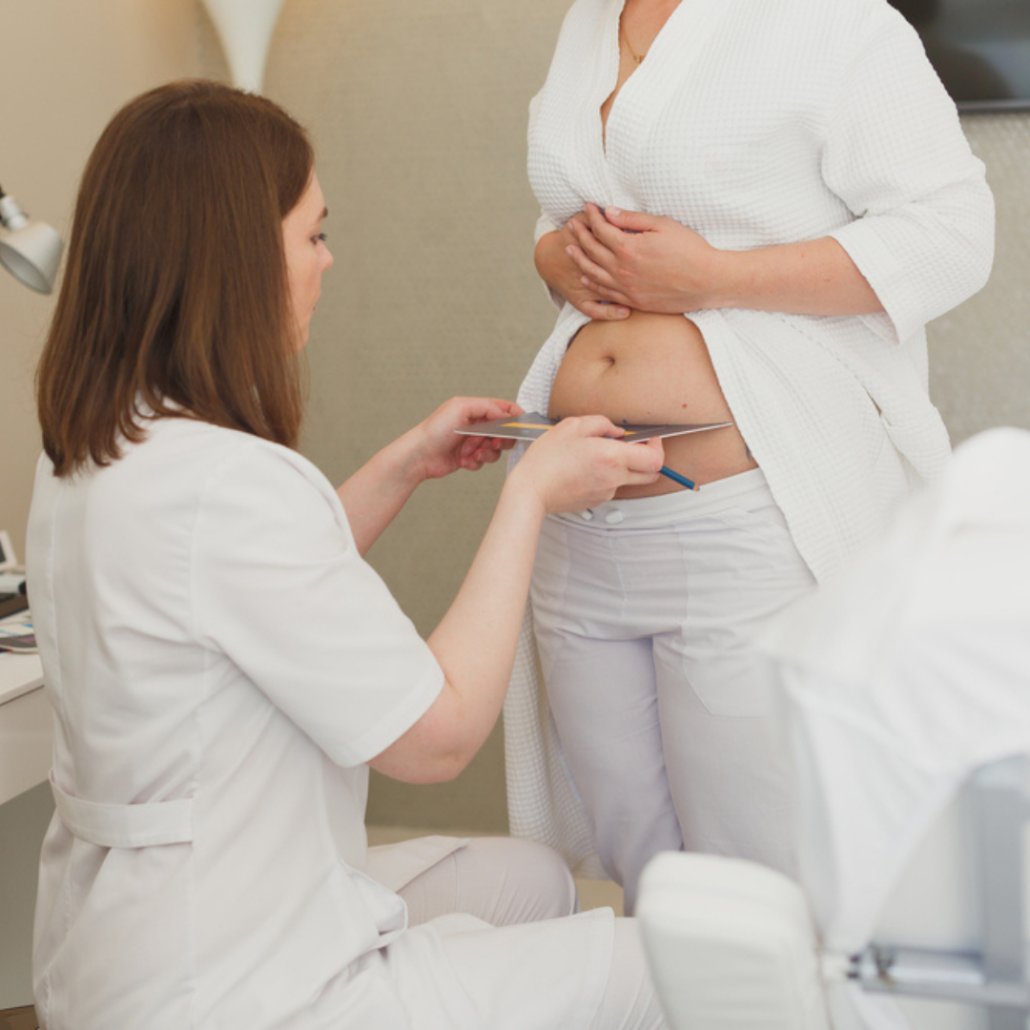
The surgery can be appropriate for women who have had many pregnancies or anyone who has lost a lot of weight. For a consultation, click here.
What is abdominoplasty?
An abdominoplasty is a procedure that flattens your abdomen. It does this by removing excess fat and skin and tightening abdominal wall muscles. A tummy tuck is another name for this surgical procedure. Tummy tucks are either “mini” or “full” procedures. This depends on the amount of skin and fat removed. It is critical to educate yourself, thoroughly analyse your own situation, and deliberate before making a final decision. The procedure must not be used as a substitute for weight loss.
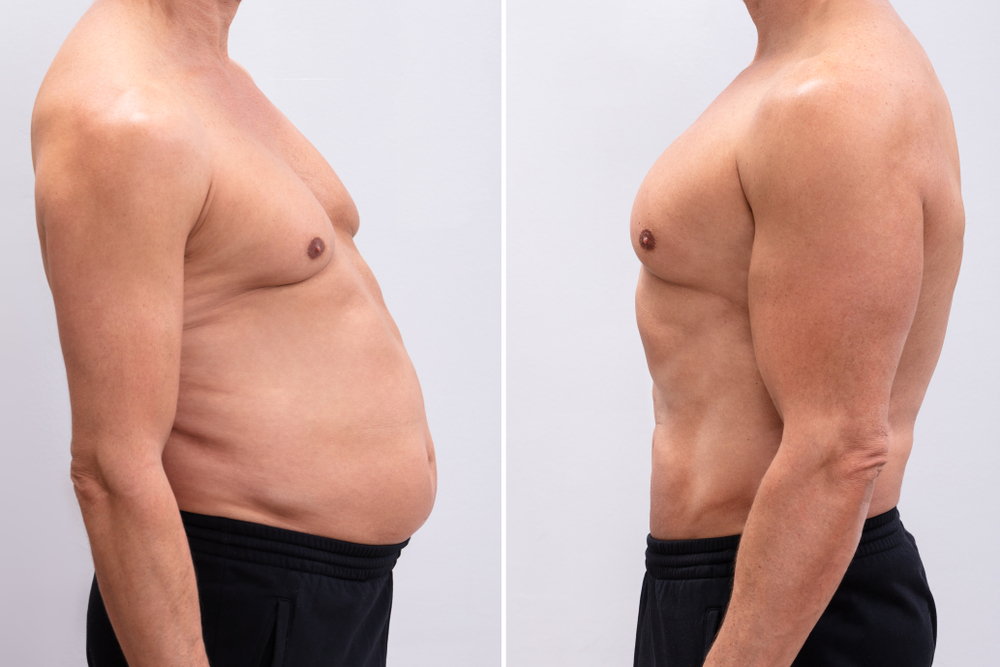
How is the surgery performed?
This surgery can take anywhere from one to five hours, depending on the results you want. Surgery is typically performed as an outpatient procedure. If you are travelling out of town to have the procedure performed, you will be required to stay overnight at a hotel. Liposuction may or may not be recommended concurrently. You will be put to sleep during the procedure with general anaesthesia. It is critical that you have someone with you who can drive you home. If you live alone and are sent home after the procedure, you will also require someone to stay with you for at least the first night.
Complete abdominoplasty:
This option is reserved for patients who require the most correction. The incision (cut) is made at the bikini line, near the level of your pubic hair. The length of the scar is determined by the amount of excess skin. The skin and muscle will then be manipulated and shaped as needed by your surgeon. With this procedure, you will also have an incision around your navel (belly button) to free your navel from surrounding tissue. Drainage tubes may or may not be inserted beneath the skin. These will be removed in a few days, as determined by your surgeon.
Partial or mini-abdominoplasty:
Mini-abdominoplasties are performed with shorter incisions and are frequently performed on patients with less excess skin. During this type of procedure, your belly button is unlikely to be moved. Between the incision line and your belly button, your skin will be separated. This procedure usually takes between one and two hours. You may or may not have drainage tubes after surgery, as with a complete abdominoplasty.
Circumferential abdominoplasty:
The back is included in this surgery. When there is a lot of excess fat in both the back and the abdomen, you can have either back liposuction or circumferential abdominoplasty. The latter procedure removes skin and fat from the hip and back areas, improving the shape of your body from all sides.
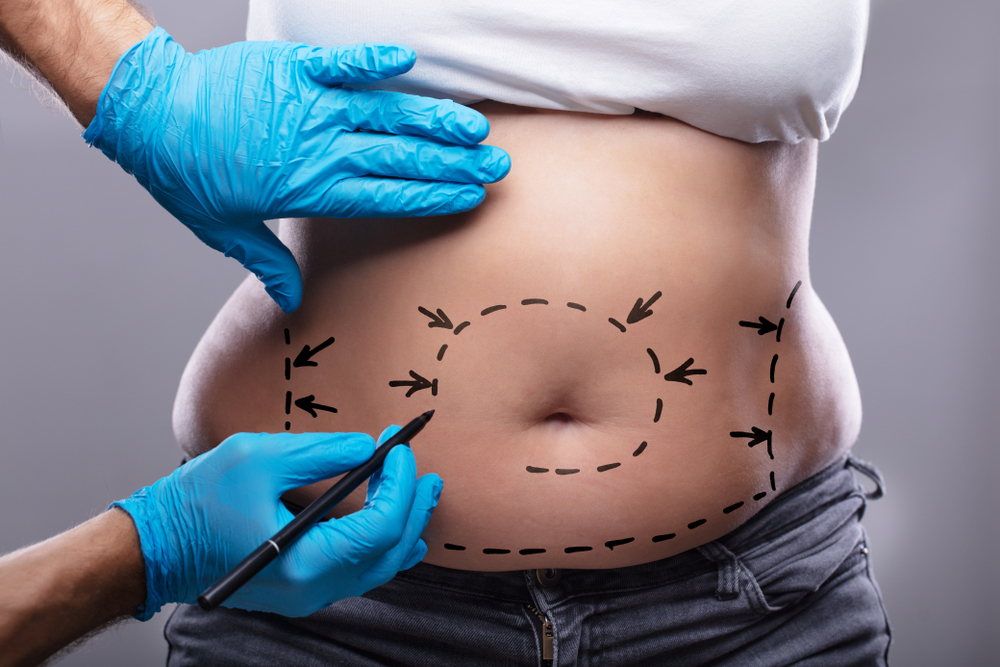
Your incision site will be stitched and bandaged following your partial or complete tummy tuck. Following surgery, your surgeon may instruct you to wear an elastic bandage or compression garment. If this is the case, it is critical that you follow all of your surgeon’s instructions on how to wear this garment and care for the bandage. Your surgeon will also advise you on the best way to sit or lie down in order to experience the least amount of pain. If you are extremely physically active, you will need to restrict strenuous exercise for four to six weeks. As you go through the healing process, your doctor will advise you on this. In most cases, one week off work after surgery is enough time for most people to recover properly. Once again, your doctor will help you determine this.
What are the complications?
You will experience pain and swelling following surgery, as expected. As needed, your doctor will prescribe pain relievers. The pain may last for several weeks. You may also experience numbness, bruising, and fatigue during this time. There are risks, as with any surgery. If you have poor circulation, diabetes, heart, lung, or liver disease, or if you smoke, you may be at a higher risk of complications. Complications can include the following:
- Scarring.
- Hematoma (bleeding).
- Infection.
- Seroma (accumulation of fluid).
- Poor wound healing.
- Blood clots.
- Numbness or other changes in sensation
Other complications include:
- Fat necrosis (death of fatty tissue located deep in the skin).
- Wound separation.
- Asymmetry (unevenness or lopsidedness).
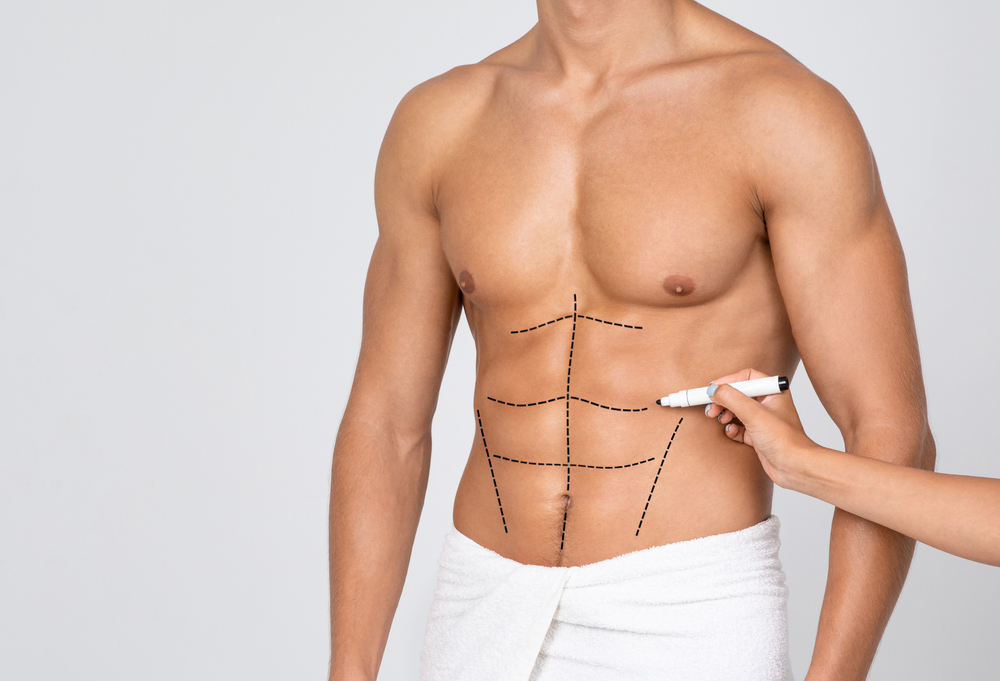
When should you avoid an abdominoplasty?
- If you’re a woman who is still planning to have children, you might want to put off getting a tummy tuck until you’re done having them. Your vertical muscles are tightened during surgery. Future pregnancies may re-separate these muscles.
- If you’re still planning to lose a significant amount of weight, don’t have a tummy tuck right away. Wait until your weight has stabilized.
- It should be noted that a tummy tuck results in scarring on the abdomen. The length of the scar along the bikini line is determined by the amount of extra skin. The mini abdominoplasty results in a short scar because there is very little extra skin.
- When you come in for your consultation, your plastic surgeon will go over all of your options with you. During your consultation, you and your surgeon will discuss the desired results, and the surgeon will determine the appropriate procedure.
How should I prepare?
Smoking can increase the risk of complications and cause healing to be delayed. If you smoke, you must stop for a period of time determined by your doctor. In terms of the time between quitting smoking and having surgery, the longer the better. Make sure to consume well-balanced, complete meals. Don’t try to diet too much before the surgery. Proper nutrition is essential for healing. As part of your pre-operative consultation, your surgeon may instruct you to discontinue some of your blood-thinning medications and dietary supplements for a period of time before and after the surgery. If you are taking blood thinners, you must inform your surgeon.
Make sure you set up the safest, most comfortable recovery area to meet your needs before you undergo the surgery. Or you can leave it to us at Travocure. Your home recovery area should include:
- A supply of loose, comfortable clothing that can be put on and taken off very easily.
- A telephone within easy reach.
- A hand-held shower head and bathroom chair.

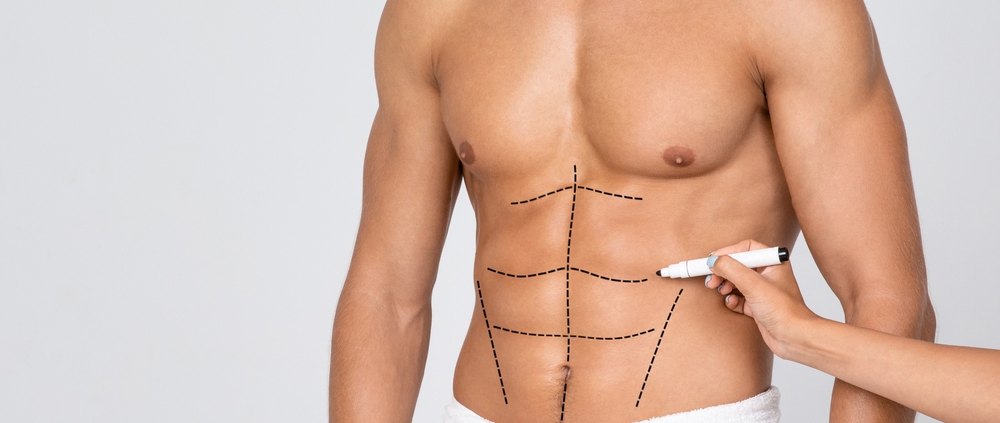


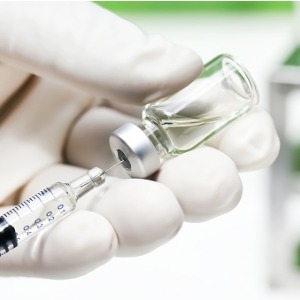


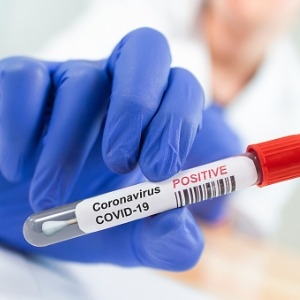








Leave a Reply
Want to join the discussion?Feel free to contribute!